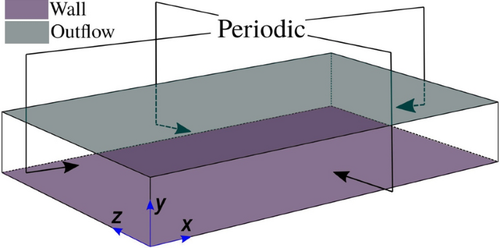The validity of the usual laws of the wall for Favre mean values of the streamwise velocity component and temperature for non-reacting flows has been assessed for turbulent premixed flame-wall interaction using Direct Numerical Simulation (DNS) data. Two different DNS databases corresponding to friction velocity-based Reynolds number of 110 and 180 representing unsteady head-on quenching of statistically planar flames within turbulent boundary layers have been considered. The usual log-law based expressions for the Favre mean values of the streamwise velocity and temperature for the inertial layer have been found to be inadequate at capturing the corresponding variations obtained from DNS data. The underlying assumptions of constant shear stress and the equilibrium of production and dissipation of turbulent kinetic energy underpinning the derivation of the usual log-law for the mean streamwise velocity have been found to be rendered invalid within the usual inertial layer during flame-wall interaction for both cases considered here. The heat flux does not remain constant within the usual inertial layer, and the turbulent flux of temperature exhibits counter-gradient transport within the so-called inertial layer for the cases considered in this work. These render the assumptions behind the derivation of the usual log-law for temperature to be invalid for application to turbulent flame-wall interaction. It has been found that previously proposed empirical modifications to the existing laws of the wall, which account for density and kinematic viscosity variations with temperature, do not significantly improve the agreement with the corresponding DNS data in the inertial layer and the inaccurate approximations for the kinematic viscosity compensated wall normal distance and the density compensated streamwise velocity component contribute to this disagreement. The DNS data has been utilised here to propose new expressions for the kinematic viscosity compensated wall normal distance and the density compensated streamwise velocity component, which upon using in the empirically modified law of wall expressions have been demonstrated to provide reasonable agreement with DNS data.



